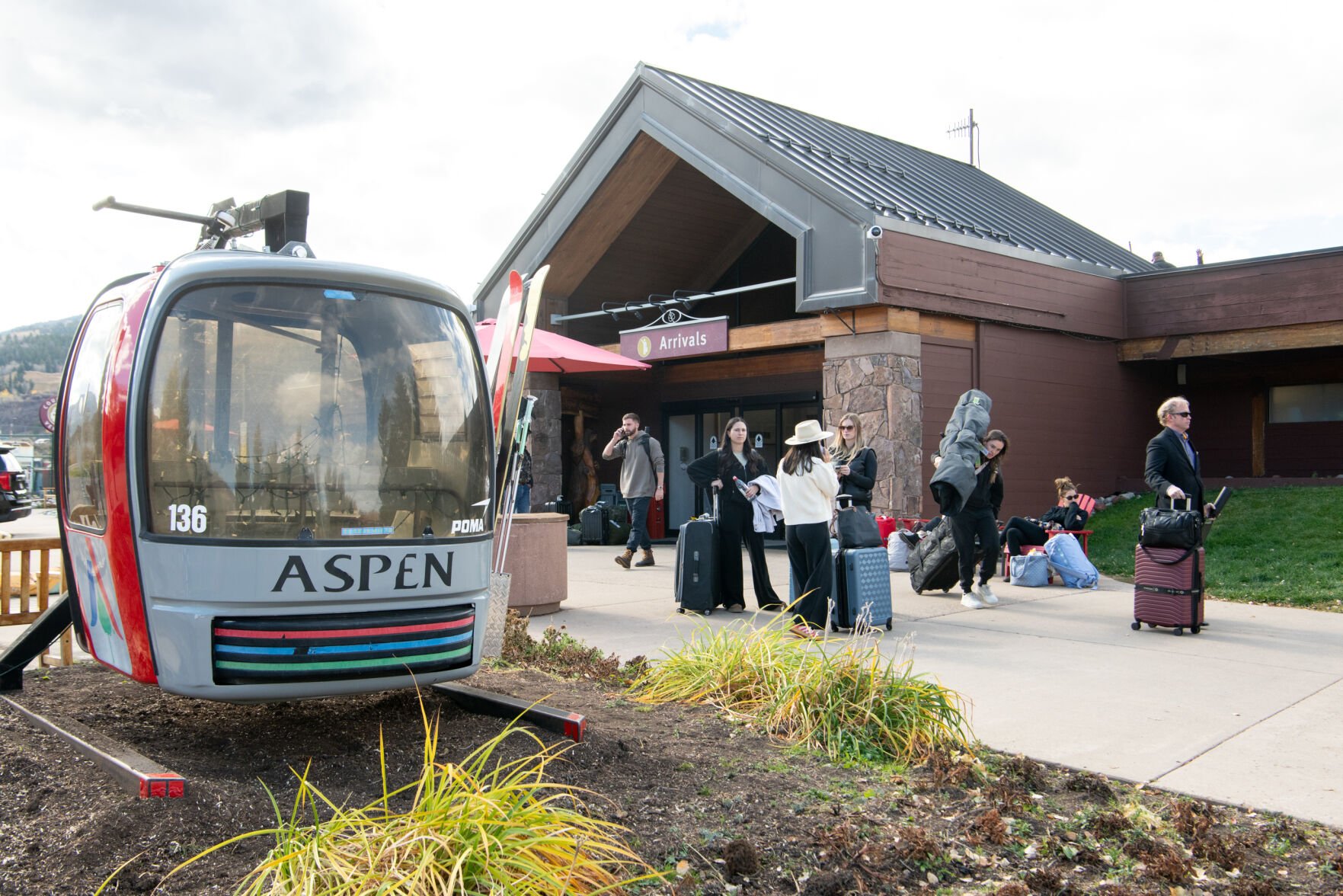A dairy herd in central Nebraska tested positive for avian influenza, marking the state’s first reported instance of the virus in cattle. State and federal authorities worked together to confirm the case, signaling a new challenge for Nebraska agriculture.
Nebraska reports first case of bird flu in dairy cattle herd
Key Takeaways:
- First-of-its-kind outbreak of avian influenza in a Nebraska dairy cattle herd
- Confirmed by Nebraska Department of Agriculture and federal counterparts
- Occurred in central Nebraska, underscoring regional biosecurity concerns
- Highlights the need for vigilant monitoring in the agricultural sector
- Published by Lincoln Journal Star on September 15, 2025
Confirmation of a New Outbreak
The Nebraska Department of Agriculture, working alongside its federal counterparts, has confirmed the state’s first known case of avian influenza in a dairy cattle herd. The announcement came through an official news release, emphasizing the unprecedented nature of this outbreak in livestock typically associated with poultry.
Role of State and Federal Authorities
Officials at both the state and federal levels were instrumental in verifying the test results. Their swift response underscores the robust monitoring system in place to detect and manage infectious diseases within livestock populations. Although no additional details have been provided publicly, their involvement highlights the seriousness of the development.
Significance of Avian Influenza in Dairy Cattle
Historically, bird flu outbreaks occur most often in poultry flocks, making its appearance in cattle an anomaly worth noting. The virus’s detection in a dairy herd raises questions about transmission, implications for herd health, and the importance of maintaining biosecurity protocols across different types of livestock.
Implications for Agriculture
While information on potential economic or market impacts remains limited, any occurrence of disease in livestock underscores the importance of ongoing governmental and industry vigilance. Central Nebraska’s producers and broader agricultural community may need to remain alert for further advisories or protective measures.
Looking Ahead
As more details emerge, this case will likely inform regional biosecurity and animal health directives. For now, Nebraska’s agriculture sector remains on watch, ready to activate additional measures to protect both cattle and poultry from further spread of avian influenza.











